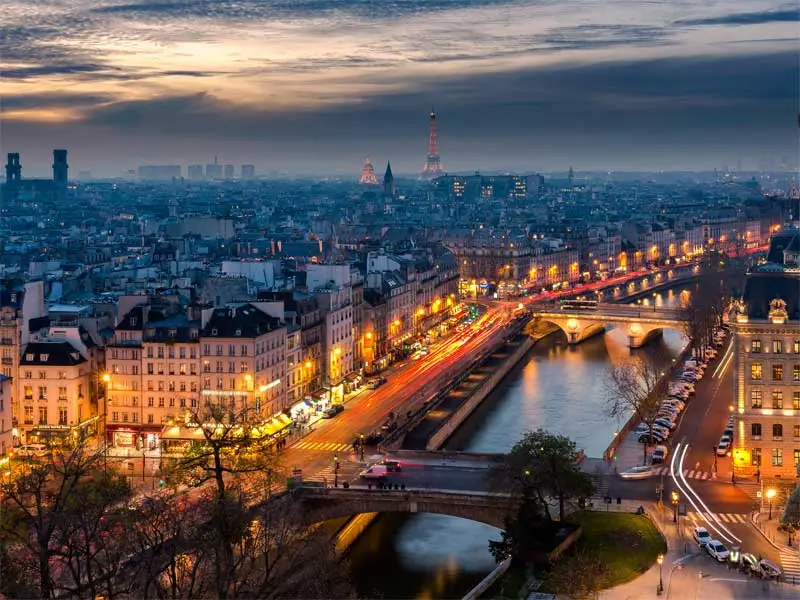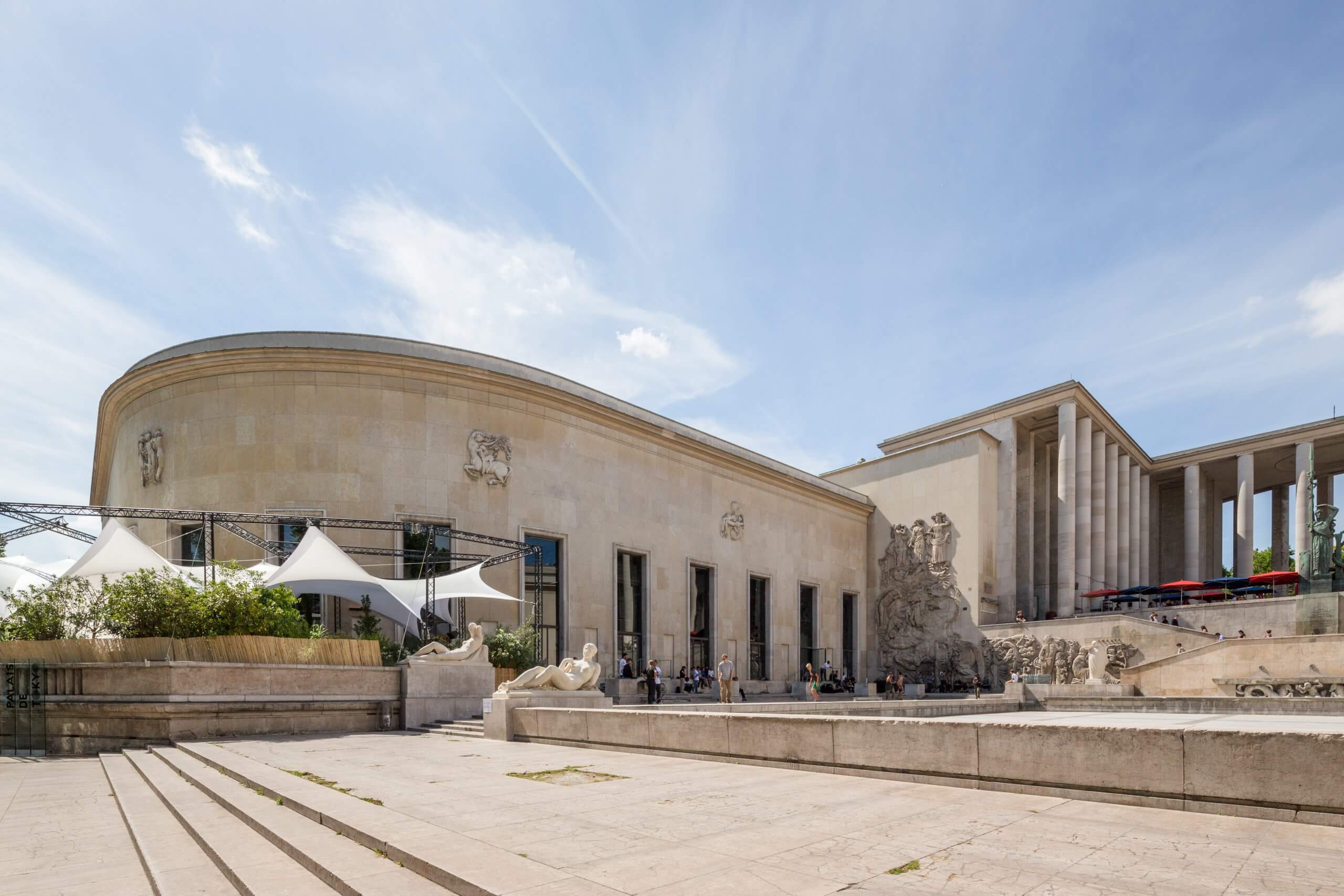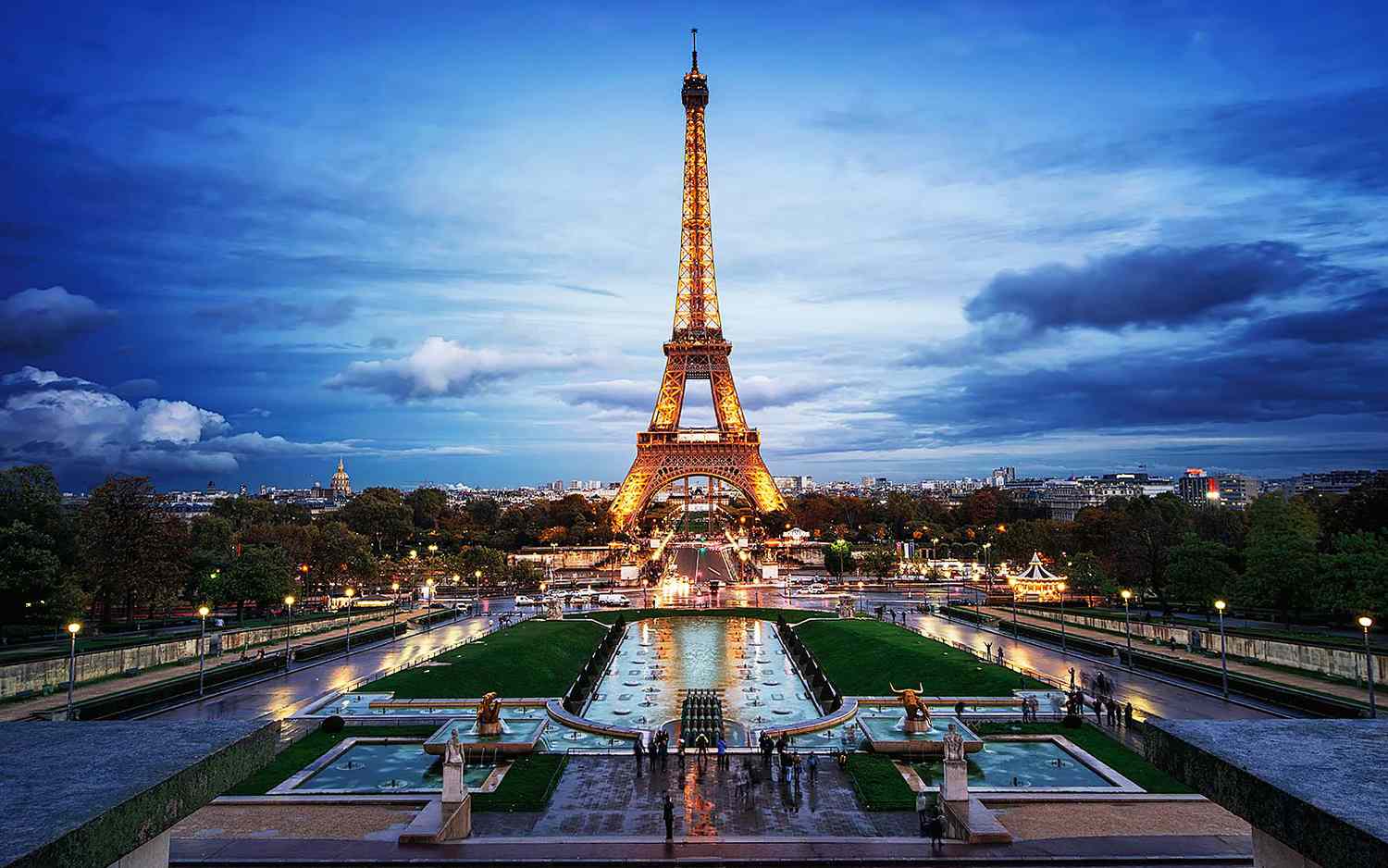
Known for its breathtaking architecture, Paris is divided into twenty arrondissements or administrative districts crisscrossed by wide boulevards and the River Seine. Besides spending time with the family, it was imperative that we visit places; especially art shows, and just to loiter around and eat out.
The famous Champs Elysees with its Arc de Triomphe commissioned by Napoleon to commemorate France’s military victories in 1805 is located quite close to our daughter’s apartment. We set out to visit Palais de Tokyo, located not too far from the Arc de Triomphe, but stopped to take a look at a golden replica of the flame of the Statue of Liberty at the mouth of a tunnel next to the river. We found that at its base were flowers and notes addressed to Princess Diana. This is the Alma Tunnel where she and Dodi Al Fayed died tragically when their car plowed into a pillar on Aug. 31, 1997. This memorial by Diana fans is touching. Another glistening golden memorial worth mentioning is the Génie de la Liberté (The Spirit of Freedom), perched on a tall column. It has a long history and is located in the middle of a large and busy square referred to as the ‘Bastille’, which is a popular area in Paris, with lots of cafes and bars all around. The column dates back to 1840 and was built at the order of King Louis-Philippe who wanted a monument to commemorate the French Revolution of 1789 (also known as the Storming of the Bastille).

We had numerous meals at traditional bistros, brasseries and restaurants, and though we ate Lebanese, Mexican and Chinese food as well we preferred classic French cooking. Onion soup, Beef Tartare, Roasted Bone Marrow, Foie Gras (creamy Duck or goose liver), escargots de Bourgogne (snails baked in their shells with parsley butter) and other delicacies made us feel truly decadent. However, the French are all about cheeses: crumbly cheeses, hard cheeses, moldy and grayish or soft squishy. I am not such a fan of the really “stinky” types though. It is interesting to savor some from the vast variety available so as not to get stuck to just brie or Roquefort. Freshly toasted bread definitely adds to the eating experience, and the baguette is the most popular one. If the baguette has pointed ends, it means that the bread was made by hand and of a superior quality than the one with rounded ends that is machine made.one sees lots and lots of people tucking fresh baguette under their arms everyday on their way home after work.it is also a ritual to get fresh baguette or croissant for breakfast. At times when we were out early we encountered long queues in front of the bakeries (known as boulangeries in France). One must also savor the French macaroon (the French spell it as macaron) from Pierre Hermes with their delicate dissolve in the mouth pastel color meringue-like shells sandwiching delicious fillings. An assortment of 12 macarons that were lucky to have included the flavors: Rose and raspberry, Milk Chocolate and Passion fruit, candied mandarin orange, vanilla from Madagascar and so on.
Coming back to the sights, center Pompidou is an iconic 20th century building. It is futuristic and unique and it has been literally turned inside out with all the escalators, pipes and structures showing on the outside. The exposed steel and glass looks very unusual. The place always has some interesting art shows and one can happily spend a few hours inside its galleries.

For street art and interesting graffiti, the culturally diverse bohemian Belleville neighborhood is delightful. Belleville stretches into four different arrondissements, and besides residences, parks, cafes, bookshops and stores selling different things, on the side streets are scores of artists workshops as well.
A visit to Montmartre, once a home and hangout for Picasso, Renoir and Van Gogh is not to be missed. Its cobbled and steep alleys and stairways take one back into history. At the top of the hill sits a big white church known as the Basilica of Sacre-Coeur, which was built at the end of the 19th century.
Last but not least, the Louvre – the Mecca for art lovers is always an amazing experience. However, it is so huge and overwhelming with 35,000 artworks, including the Mona Lisa, Venus de Milo, Winged Bulls of Mesopotamia and all the other famous and less famous paintings, drawings, sculptures, objects d’art and archaeological finds, that one never has enough time or energy to see it all. Close to the Louvre, the 13th century medieval Notre-Dame Cathedral is another must-see, but there are other beautiful churches in the city as well. Almost every stone in Paris has a historic past and the buildings are all well preserved.









